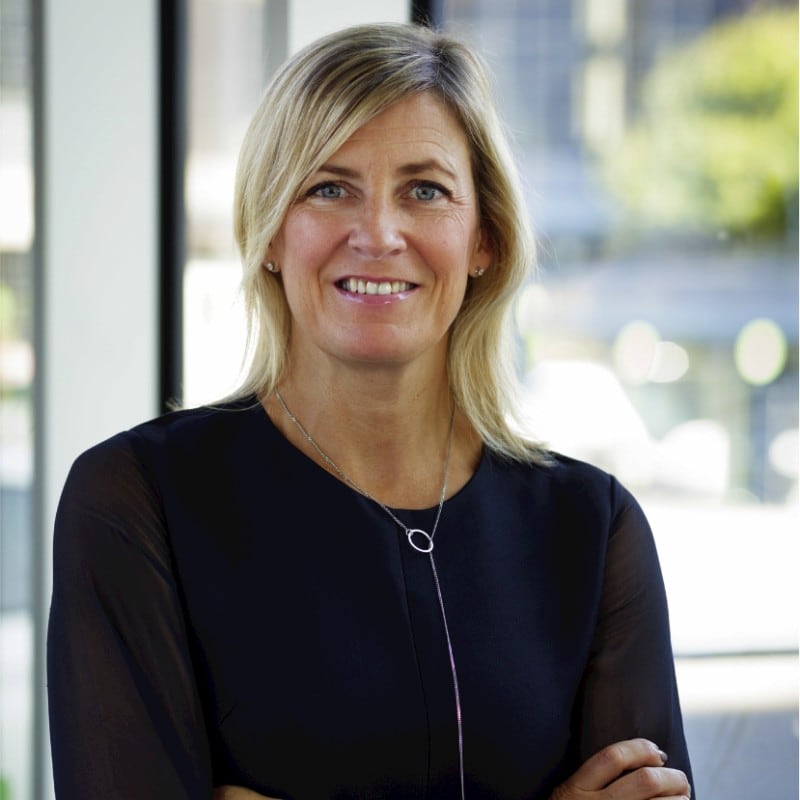Trying to do the right thing is all very well, but measuring your effectiveness is a whole other ball game. For businesses taking their impact on society seriously, environmental and social governance (ESG) is a critical yardstick.
Glossy pictures of charitable giving, tree-planting and community outreach look great in an annual report, but increasingly companies, their customers and investors want proof these efforts make a difference. It’s no wonder that organisations are examining their corporate social responsibility activities with a more forensic eye. ESG refers to the criteria used to assess their sustainability and societal impact.
Impactful business

For paper-based packaging company Smurfit Kappa, doing the right thing is good for business.
“We sell an awful lot of boxes and that’s clearly a business imperative, but our environmental and social goals are a business imperative too,” says group chief financial officer, Ken Bowles. The company’s products are 100 per cent renewable and produced sustainably. This is something customers seek out and employees take pride in, says Bowles.
Last year, Smurfit Kappa announced new targets to further reduce its fossil CO2 emissions, including an ambition to reach at least ‘net zero’ emissions by 2050. “Customers, employees and society now more than ever want to understand that idea of a purpose beyond profit”, says Bowles. “It’s beholden on organisations to show success in so many more areas.”

Measurement is critical - companies can tell a nice story, but it has to be a ‘real story’ says Bowles, backed by verifiable data. Indeed, the company is having its 2050 emissions target independently validated by the Science Based Targets initiative (SBTi) as being in line with the Paris Agreement on climate change.
Investors care too, of course. “The retail investor or the pension fund for example, need to understand that where you are investing in ESG, there is some sense of rigor around where the money is going. That’s why we’ve been publishing sustainable development reports for the past 14 years,” says Bowles. Smurfit Kappa measures progress against its targets quarterly and its report is audited independently every year.
Regulation has ramped up too of course. EU rules require large companies to publish regular reports on the social and environmental impacts of their activities. The Non-Financial Reporting Directive lays down rules on disclosure of non-financial information such as environmental impact, diversity in the workplace and social responsibility. More regulation is coming down the track, says Bowles but this benefits organisations
“The generation we want to hire is much more questioning about who they want to work for. We see that as a benefit to us given what we do. We’re very much an organisation that fits with the ideals of the next generation,” he says.
People want to do business with and work for organisations that are doing something meaningful beyond the profit modus, says Bowles. “When we talk about ESG, it’s about people, planet and impactful business. For Smurfit Kappa, this is about purpose, the footprint we leave behind and the world we set up for the future.”
Building sustainability
For listed house builder Cairn Homes, the company’s purpose and sustainability objectives are also clearly intertwined. “Our purpose is building homes and creating places where people love to live,” says chief people officer, Maura Winston. “We recognise that our sustainability agenda is critical to achieving this.”
In 2020, Cairn moved from the traditional corporate social responsibility approach to an ESG framework, to more clearly define its sustainability agenda. Company stakeholders, including employees, were consulted to identify key themes.

“Understanding the views of our stakeholders allowed us to identify the themes that are material and relevant to us, and we have aligned these to our strategic pillars of people, homes and places,” says Winston. A dedicated sustainability steering group oversaw the setting of targets and performance metrics, many of which are externally verified.
In a year in which the world experienced pandemic and much construction work was paused, the “people” pillar of Cairn’s strategy was an important one. The company targeted full job retention and growth of its employee base throughout Covid-19.
Further jobs were supported in the company’s supply chain through a €5 million subcontractor support fund launched in April 2020. While increasing environmental regulation is demanding more of construction companies, homebuyers themselves are also more attuned, especially when it impacts the running cost of a home. All of Cairn’s new homes have a minimum energy rating of A3. Indeed, in line with the European Energy Performance of Buildings directive, from 2020 all Cairn new homes met the Nearly Zero Energy Building standards (nZEB). This is where the low amount of energy required for a new home is covered to a very significant extent by renewable sources.
“All nZEB houses have an energy rating of A2, resulting in an estimated cost to the homeowner of less than €2 per day for heating, hot water, lighting and ventilation,” says Winston. What’s good for the environment is proving good for business and for the customer too.
Cairn is also committed to sourcing materials responsibly, with 100 per cent of timber used on their sites, including their timber frame structures, being Forest Stewardship Council certified. The company’s embraces modern methods of construction and technologies in delivering new homes too, says Winston. Last year, Cairn became the first homebuilder in Ireland to utilise Rapid Impact Compaction, a new engineering solution that significantly reduces haulage of soil to and from the site, thus reducing their carbon footprint. The solution reflects Cairn’s commitment to set science-based carbon emissions reduction targets by 2024.
Of course homes are built in places, and supporting biodiversity in those places, in a measurable way, is also part of Cairn’s strategy. Since 2019, the company has supported the All Ireland Pollinator Plan and is recognised by Biodiversity Data Centre Ireland as a pollinator-friendly business for delivering biodiversity-focused landscaping across all of their developments.
The Top 1000 magazine and listings is published on Friday 11th with The Irish Times.











